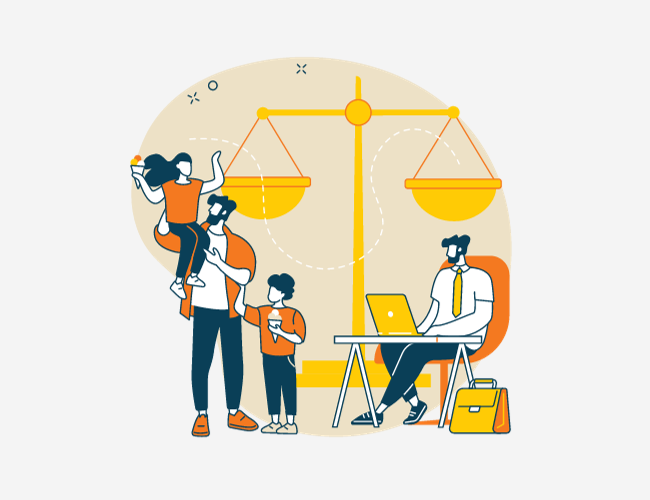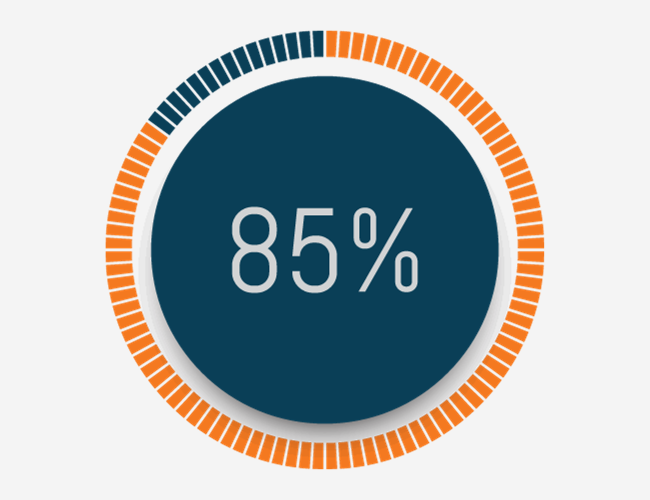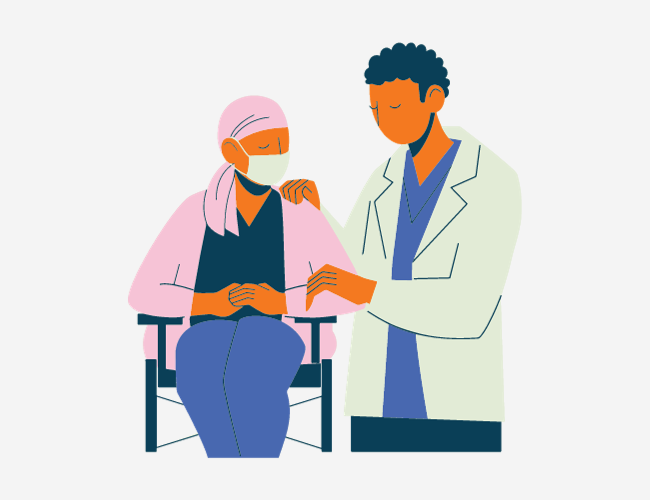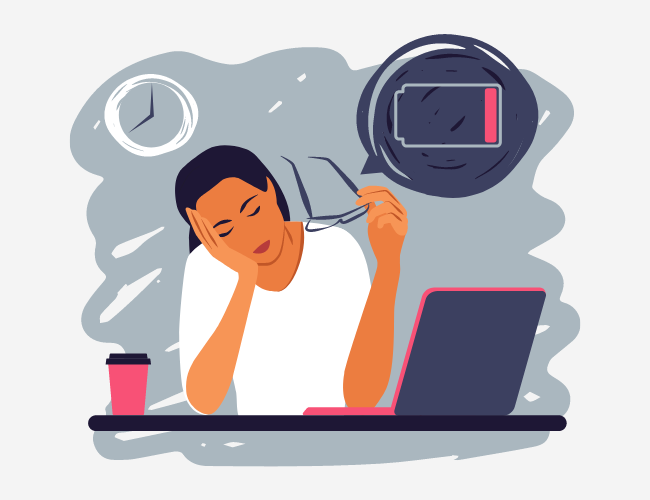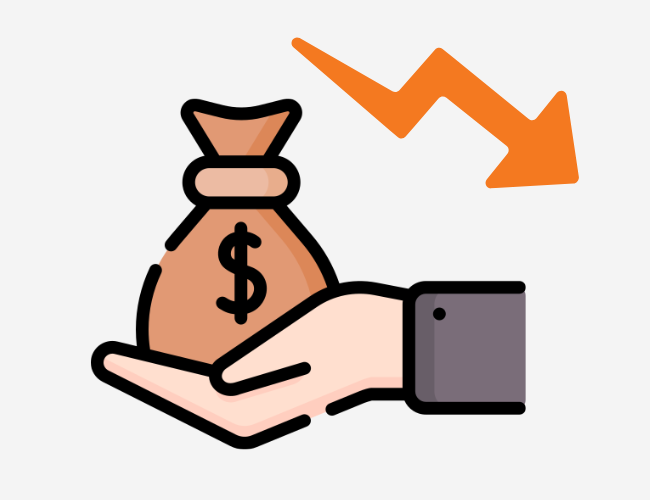Labor Day, historically marked as the first Monday in September, honors the contributions and accomplishments of the American workforce. It was founded in the late 1800s by the labor movement and became a federal holiday in 1894. Labor Day weekend also represents the conclusion of summer for many Americans. It is marked by celebrations, public parades, and sporting activities, including the NFL season kickoff game occurring the Thursday after Labor Day.
Why Do We Recognize Labor Day?
Labor Day began during one of the bleakest periods in American labor history.
In the late 1800s, at the height of the American Industrial Revolution, the ordinary American worked 12-hour shifts seven days a week just to make ends meet. Despite state laws, children as young as 5 or 6 toiled in mines, mills, and factories across the country, earning a tiny fraction of adult salaries.
People of all ages were subjected to hazardous working conditions, with inadequate access to regular breaks, clean air, and sanitation services. Imagine going to work without access to a bathroom or sink! Conditions were particularly unfavorable for the impoverished and new immigrants, who were more likely to take up factory work and other labor-intensive jobs where conditions were especially dangerous.
Labor unions, which initially appeared in the late 19th century, became increasingly active and influential as industrialization gradually overtook agriculture as the primary source of American employment. These unions started organizing marches and strikes to protest the terrible working conditions and attempt to force employers to revise their wages, hours, and working conditions.
Most of these rallies became violent, including the notorious Haymarket Riot of 1886, which resulted in the numerous deaths of Chicago police officers and laborers. On the other hand, some rallies went on to establish long-standing traditions. For example, on September 5th, 1882, 10,000 laborers marched from City Hall to Union Square in NYC, marking the first Labor Day march in American history.
The concept of a holiday for the American “worker” to be observed on the first Monday in September spread to other industrial centers across the country. Several states began approving the legislation necessary to recognize it. The holiday would not be made official by Congress until 12 years later when a pivotal moment in American labor history placed workers’ rights firmly into the public eye.
The Pullman Palace Car Company employees in Chicago went on strike on May 11th, 1894, to protest salary cuts and the termination of union officials. The American Railroad Union then called for a boycott of all Pullman railway trains on June 26th, thus shutting down railroad service nationally. To end the Pullman strike, the federal government sent the military to Chicago, sparking a wave of rioting that killed more than a dozen employees.
In the aftermath of this colossal disruption and to mend relations with American workers, Congress approved legislation making Labor Day an official legal holiday. President Grover Cleveland signed it into law on June 28th, 1894, empowering American workers to celebrate and continue the fight for rights that align with the everchanging labor needs.
Labor Day Today
Labor Day weekend has evolved into a celebration of social barbecues, weekend vacations, and summer clearance sales. Prior to the COVID-19 pandemic, worker-oriented Labor Day parades and festivities continued in cities across the United States in 2019. Many U.S. cities are now slowly reintroducing Labor Day parades in 2022, including the New York City Labor Day Parade returning for the first time since 2019.
After decades of decline, union membership is also on the upswing again. Employees at several Amazon, Starbucks, and Apple factories and stores have recently organized unions in search of better compensation and working conditions. The impact of the pandemic on workers, as well as a tight labor market in 2022, are just two of the factors contributing to this increase in union membership.
Labor Day will continue to be recognized for years to come, but the way we celebrate will transform more over time. From marches to barbeques, the purpose stays the same: Honoring the source of our country’s power, freedom, and leadership; The American worker.








